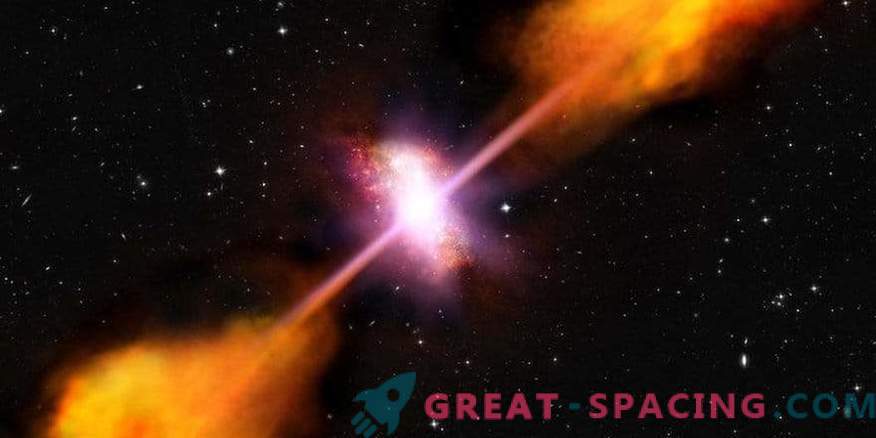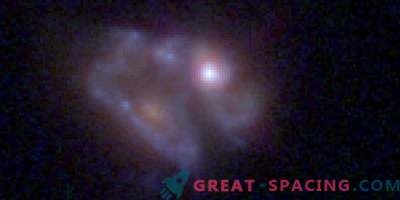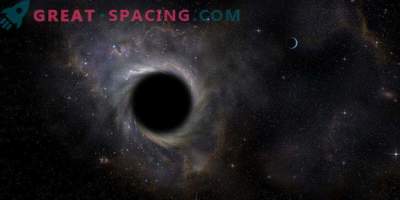
The artistic vision of a quasar in a stellar galaxy. The quasar is fueled by a supermassive black hole in the galactic center. When gas enters the accretion disk around a black hole, it heats up and releases energy in the EM spectrum in the form of two powerful jets
The researchers used the Herschel Observatory to solve the centuries-old mystery of the origin of powerful cold gas winds in the hot environment of quasars.
For the first time, quasars discovered in the 1960s, and they immediately became repositories of cosmological mysteries. These energy sources are 10,000 times greater than the brightness of our galaxy and act as the nuclei of distant galaxies with supermassive black holes in the center. Gas is drawn into the black hole's accretion disk, heated to extreme temperatures, and releases energy from the EM spectrum.
For more than half a century, scientists examined the spectra of quasars, trying to understand the origin of EM rays and trace their route to our planet. A valuable tool is the absorption lines in the emission spectra of quasars. They indicate wavelength ranges absorbed by radiation. With their help, we managed to understand the composition of galaxies and gas clouds. But one set of absorption lines remained undeciphered.
Many quasars have demonstrated the absorption of heavy elements by cold gas, such as carbon, silicon and magnesium. The lines signal that the light passed through the winds of cold gas, moving at a speed of thousands of kilometers per second. The existence of such winds is not news. But it is difficult to explain how they manage to achieve such speed indicators.

Scientists have decided to finally get to the solution of this issue. They used information from the Herschel Observatory and for the first time showed that the strength of metal absorption lines is directly related to the speed of star formation in quasar galaxies. This trend hints at the fact that stellar birth is able to act as a mechanism that controls the mysterious powerful winds.
This conclusion not only solves one of the mysteries of quasars, but also helps to unravel an even more global secret: why the galactic size is limited in practice, although this does not happen in theory.
Theorists predict that galaxies can grow, but the abundance of ultra-massive has not yet been observed. Most likely, there is a process that functions as a brake. For example, internal gas winds may be responsible for this.
Researchers are pushing two possible mechanisms: supernova winds associated with stellar birth, or winds associated with supermassive black holes in the center of each quasar. The analysis shows that more suspicion falls on the second option.











































